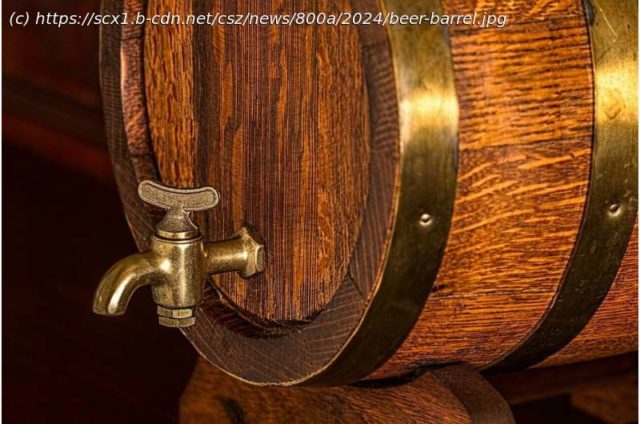It’s true that our 16th-century ancestors drank much more than Irish people do today. But why they did so and what their beer was like are questions shrouded in myth. The authors were part of a team who set out to find some answers.
It’s true that our 16th-century ancestors drank much more than Irish people do today. But why they did so and what their beer was like are questions shrouded in myth. The authors were part of a team who set out to find some answers.
As part of a major study of food and drink in early modern Ireland, funded by the European Research Council, we recreated and analyzed a beer last brewed at Dublin Castle in 1574. Combining craft, microbiology, brewing science, archaeology, as well as history, this was the most comprehensive interdisciplinary study of historical beer ever undertaken. Here are five things that we discovered.
It’s often assumed that lack of access to clean water led people to drink beer instead. We know this isn’t true for many reasons, not least because brewers needed a constant source of fresh water to make the best beer.
Water was certainly viewed as less healthy, but not because of any understanding of microbial contamination. According to a system of medicine and treatment used at the time, Galenic humorism, water was a «cold» drink that affected digestion, causing fluctuations and windiness. Meanwhile, beer was «warm and comforting», balancing the «humors» and quenching thirst.
Beer was taken as medicine, often mixed with curious ingredients. Treatments for conditions such as flux or bed wetting, for example, required ground kid’s hoof or grated stag’s penis to be taken with a drink of beer.
People drank at work, commonly receiving drink as part of their wages. The quantities were staggering. At Christchurch Cathedral in Dublin, masons received up to 15 pints per day when undertaking heavy work.
Домой
United States
USA — IT Five things our research uncovered when we recreated 16th century beer (and...






